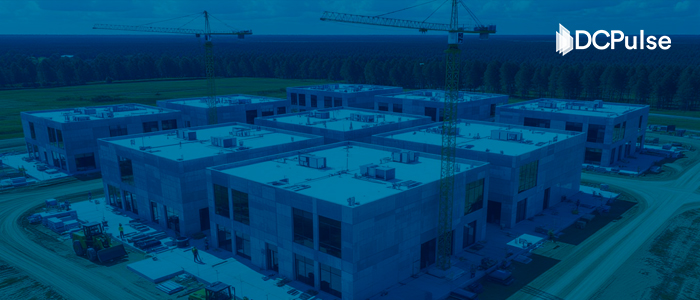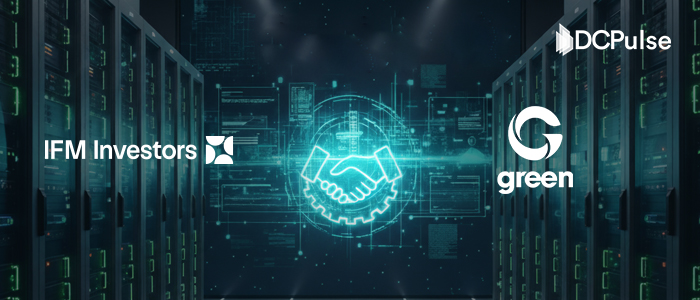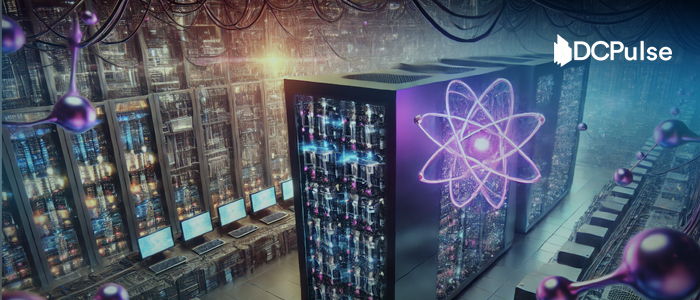Rosemount, Minnesota, July 21, 2025- Meta Platforms has unveiled a new AI-designed low-carbon concrete formulation, ECOPact, developed in collaboration with Amrize, a Minneapolis-based innovator in sustainable construction materials, specializing in AI-integrated cement production and digital twin modelling, and the University of Illinois Urbana-Champaign.
This new material is engineered to reduce embodied CO₂ by up to 35% while exceeding 4,000 psi compressive strength and offering 20% faster setting times, a key leap for Meta’s net-zero construction roadmap.
The announcement builds on Meta’s earlier 2023 pilot with CarbonBuilt, a Los Angeles-based startup spun out of UCLA, which focuses on ultra-low carbon concrete by replacing traditional Portland cement with industrial waste like fly ash and CO₂-cured aggregates, achieving a 25% carbon reduction using geopolymer chemistries.
This time, Meta leveraged artificial intelligence to explore a vastly broader formulation space. Using BoTorch and Ax, open-source Bayesian optimization frameworks built on PyTorch, researchers simulated and tested over 2,500 concrete mix designs from the publicly available SustainableConcrete GitHub dataset.
“AI uncovers combinations that manual testing would overlook,” said Dr. Lina Chen, lead materials scientist at Meta. “It accelerates innovation by balancing strength, setting time, and carbon footprint in ways traditional approaches can’t.”
Once the ideal formulation was selected, Amrize scaled it at its production facility. Amrize’s digital twin platform helped simulate mix behaviour, refining fineness and admixture adjustments for large-batch consistency.
“What used to take weeks of prototyping, we can now validate virtually in hours,” said Jaime Hill, president of Amrize.
Construction contractor Mortenson began on-site trials at Meta’s Rosemount, Minnesota, data center. Instrumented concrete cylinders embedded in the pours showed up to 15% lower peak hydration temperatures, significantly lowering the risk of thermal cracking during summer months.
“The material’s performance was better than expected,” said project manager Victor Salazar. “We saw improved strength gain and workability, even under extreme heat.”
To benchmark ECOPact’s performance, Meta compared it with other next-generation mixes:
|
Mix |
CO₂ Reduction (%) |
Strength (psi) |
Set-Time Improvement (%) |
|
ECOPact (Meta) |
35 |
4,000+ |
20 |
|
Quincy Blend (Microsoft) |
50 |
~3,800 |
15 |
|
OCP Mix A |
40 |
3,900 |
18 |
Meta’s concrete push reflects growing industry momentum. Microsoft’s Climate Innovation Fund backs similar trials at its Quincy, Washington site, while the Open Compute Project (OCP) is experimenting with cement blends based on calcined clays, fly ash, and volcanic pozzolans.
ECOPact uses regional industrial byproducts like Midwest fly ash, Gulf Coast calcined clay, and steel slag, all sourced within a 500-mile radius to minimize transport emissions.
The mix qualifies under Buy Clean California and emerging procurement policies in Washington, which incentivize low-carbon construction materials in public infrastructure.
Although ECOPact currently carries an estimated 5% premium per cubic meter, Meta’s internal analysis suggests that the faster curing time and reduced labour requirements for formwork removal can offset this added cost within standard construction timelines.
Meta plans to open-source its optimization codebase, including BoTorch/Ax scripts and performance data, to support broader adoption. It will also collaborate with OCP and Infrastructure Masons on open standards for AI-assisted mix design.
Rollout at five additional hyperscale sites is scheduled for early 2026, with projected carbon savings exceeding 100,000 tons annually, equivalent to taking 25,000 gas-powered vehicles off the road.



.jpg)

.jpg)